Our Sensing Clues colleagues, Melanie and Chiel organised a hackathon together with Big Data Republic from the Netherlands. The hackathon took place on two afternoons, on 19th and 26th January 2024.
The goal of the hackathon
The goal of the hackathon was to improve the risk model that was previously developed by Melanie and use new data that was available to make it better in predicting where illegal charcoaling events will happen.
Illegal charcoaling events are one of the main causes of environmental and biodiversity loss, especially in Africa, where charcoaling events are very widespread. Charcoaling is simply defined as the process of converting wood or woody biomass from bushes into charcoal through controlled burning and carbonisation. For this hackathon, we collaborated with Wildlife Works, our field partner in Kenya, to develop and test the charcoal event prediction model.
The participants of the hackathon
Four teams with 4 members participated in the hackathon, of which one would be selected as Winner! The teams were free to use other methods, models, and data sources (e.g. include Lidar data), and bring their creativity to the hackathon. In the end, the models were run against actual data from Wildlife Works, and the outcomes were compared with the base model we had developed earlier.
we had A winner. guess who it was!
From the graph, Team 2 (green) developed a significantly improved model compared to the base model (in red), as shown by the green curve. However, Team 4’s model (light blue) scored better on the left side of the graph which proved to be more relevant (explained below). Hence Team 4 emerged as the winners.
The winners didn’t go empty-handed
The winners were given some branded Sensing Clues beanies and also given an opportunity to have a meeting with Wildlife Works to understand how the risk model is being used in their daily work.
What we will do with the models
As for the models created during the hackathon, we will study the different approaches of the teams and will implement any ideas that improve the performance of the model, including ideas from the teams that did not win. This will help us develop an improved risk map of charcoaling events in the area.
The impact of the hackathon
The charcoal risk model helps to find more kilns against less patrolling efforts. The risk model makes predictions, and in doing so, it always makes two types of errors: False Negatives (FN) and False Positives (FP). False Negatives occur when we miss a charcoaling event happening in the area. False Positives occur when there is unnecessary patrolling in areas where charcoaling events have not taken place. The objective of the improved charcoaling model is to lower both errors, thus increasing patrol efficiency.
By taking into account the prevalence (rate of occurrence) of charcoaling, which is estimated at 2% of all areas, it is possible to express the potential of a classification model for charcoaling in an overall cost amount. This is shown in the graph above, where the straight lines indicate 'equal cost'; lines more to the left have lower overall cost.
As we want to avoid false negatives (missed events) more than we want to minimise patrolling places where no events are happening (false positives), the model of Team 4 came out as winner.








